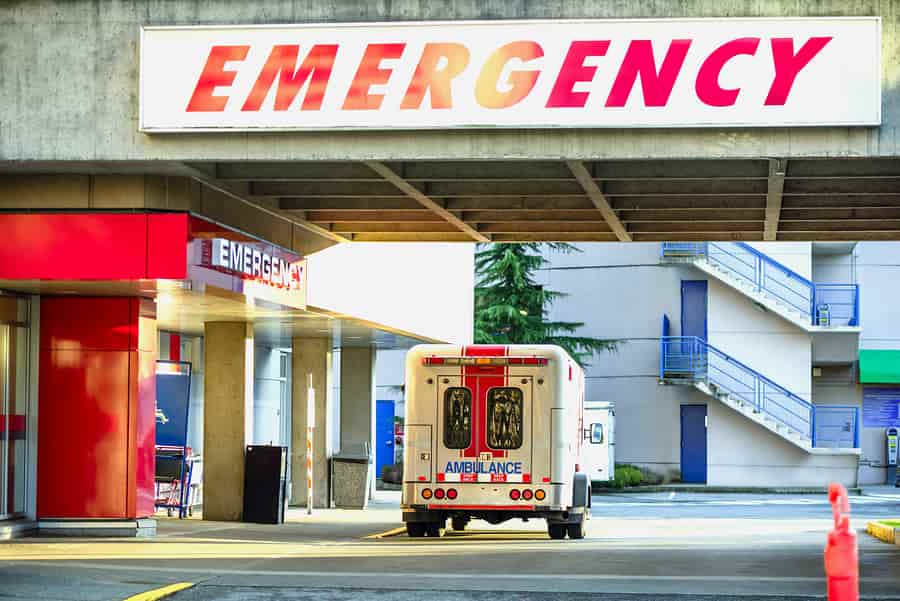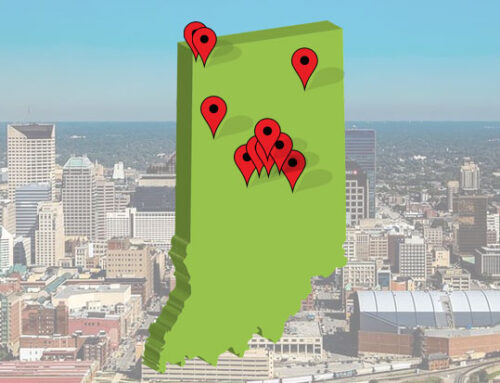After being involved in a car accident or other emergency, ambulance services may be necessary. Though, many people are not prepared to receive such a large EMS bill. A short ride in an ambulance could end up costing hundreds or even thousands of dollars. Two of the many factors that play into your potential EMS bill include: the amount your insurance company agrees to cover, and the type of response sent.
Insurance companies vary on nearly every medical bill, including ambulance transportation. The amount your insurance company is willing to pay and the amount the EMS company will bill, determines how much you are going to be stuck paying. If your insurance company has an agreement with a certain provider, that could lower your out of pocket fee. Medical billing experts recommend pricing it out with the provider and your insurer before an emergency, though that is not also possible.
BLS or ALS
The type of response sent to your accident, will determine the base charge. Due to variances in health and insurance costs in different regions, base charges will also vary. Though, according to Indianapolis Emergency Medical Services, there are two types of service teams; Basic Life Support and Advanced Life Support. BLS crews respond with an EMT, who can provide basic-level life support. While ALS crews include a paramedic, who can provide advanced pre-hospital life support. The base pay for BLS is 2,000 and around 2,300 for ALS. In addition to the base charges, patients are likely billed a per mile cost. The type of crew responding depends on the 911 call.
Base Charge
Even if you ride in an ambulance and essentially no care is provided, you will still be billed. In addition to the cost of having an ambulance stocked and ready to respond to an emergency call, the base charge pays for a long list of things; labor, equipment, vehicle maintenance, education, to name a few. Indianapolis EMS does not receive tax dollars, so billing is key to their operation. The bill you receive also is used to balance what others do not pay. According to The Indy Channel, IEMS provides $150 million worth of services a year, but only receives approximately $36 million in payments. Also, those who are uninsured are offered a 50% discount, though other research suggests the amount is rarely paid in full, if at all.
If you believe you are overcharged it is suggested to check the medical codes on your bill to make sure they match services you received. If the bill is accurate, you can call the provider and try to negotiate or explain a financial hardship; but be prepared, EMS bills are large in every region of the U.S. If you are involved in a car accident, find a personal injury attorney that will fight for compensation – so you won’t be stuck paying a massive ambulance bill





